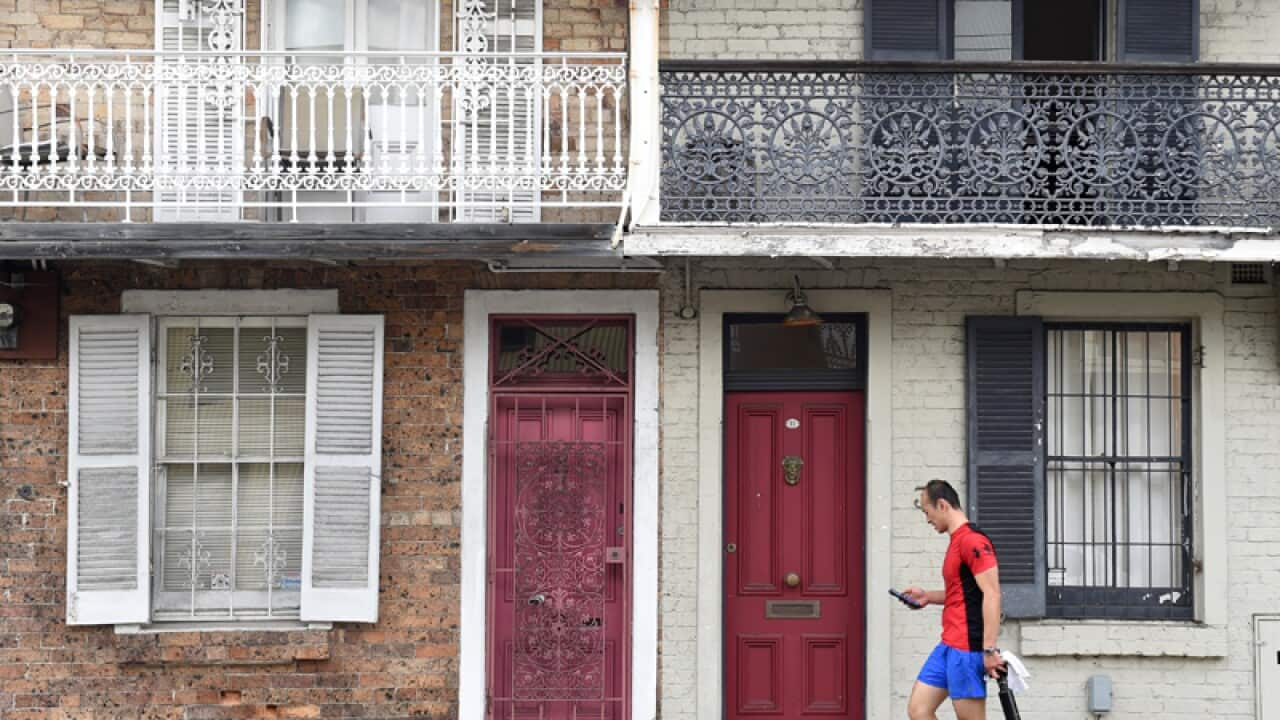Australia is suffering a rental affordability crisis as home ownership shrinks and more people are squeezed out of renting a home by soaring prices, a new report reveals.
While much attention is on home ownership, the first Rental Affordability Index produced in Australia shows renters face a greater challenge than homeowners when it comes to keeping a roof over their heads.
Rental housing is slipping beyond the grasp of low income families faced with paying almost two-thirds of their total income in rent, the index shows.
Even moderate income households, of around $1000 to $1500 a week, are at or near the so-called "housing stress" threshold where rent eats up 30 per cent of their weekly pay.
The Rental Affordability Index, released on Tuesday, shows rental stress across the nation is worse than ever expected and poses a threat for a generation of young Australians who may not be able to buy or rent a home unless a national strategy is developed.
Adrian Pisarski, executive officer of housing affordability organisation Shelter Australia, said a low income family on $500 a week faces spending 65 per cent of their income on rent in NSW, the most unaffordable state.
The situation is marginally better elsewhere, with Queensland and Tasmania eating up 54 per cent, South Australia 59 per cent and Western Australia 57 per cent.
Inner Melbourne and Sydney are the most unaffordable places for renters, with the weekly ask only falling to manageable levels in outer suburbs far from the convenience and amenities of inner-city areas.
The index reveals low-income families are suffering nationwide and that non-family households suffer the worst.
The report notes that causes of homelessness are shifting from factors such as escaping abuse, mental health issues and substance abuse to simply being pushed out by people on higher incomes.
"The picture nationally shows a country where renters choose between after-housing poverty closer to centres or lower opportunity and high transport costs with long commutes," Mr Pisarski said.
The affordability index shows low-income families are "being hammered beyond belief" but also that households with moderate incomes are hard-pressed.
Joe Sheehan, spokesman for Community Sector Banking, a non-profit banking organisation that sponsors the index, said Australia should be building 180,000 new affordable houses annually.
Mortgage costs have jumped from 44 per cent of a worker's wage a decade ago to 61 per cent now, while the number of people under 34 buying houses has plummeted.
Mr Sheehan said Australia needed to act urgently, with a national plan to improve housing availability and affordability.









